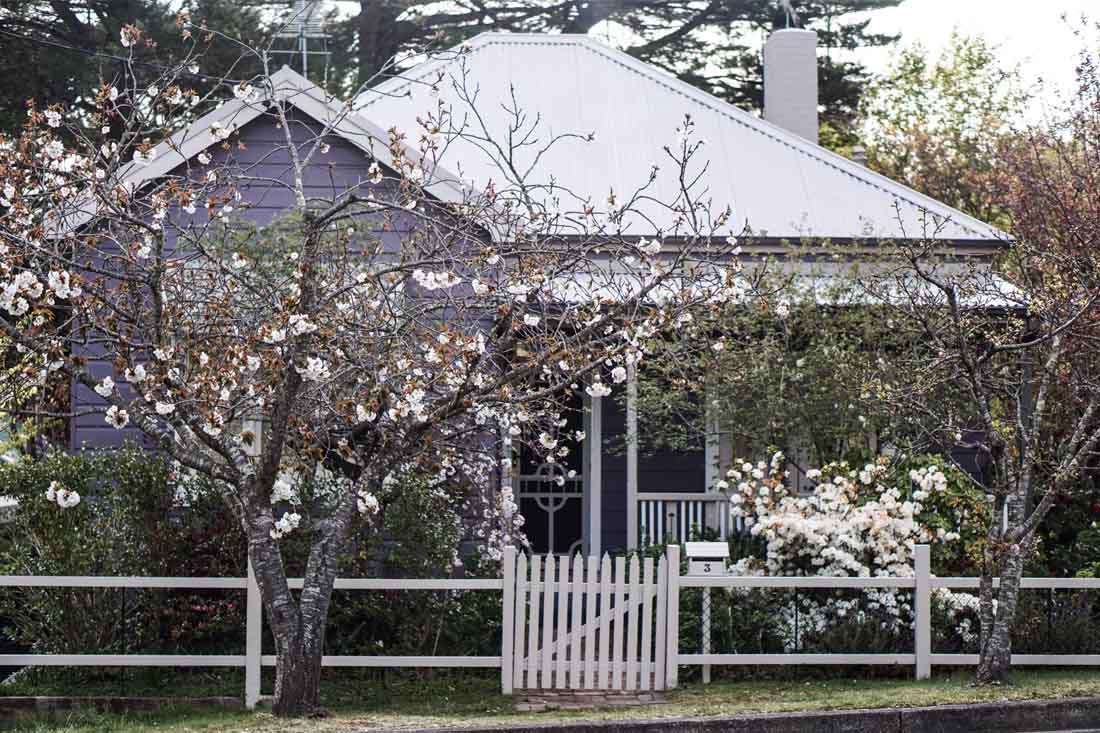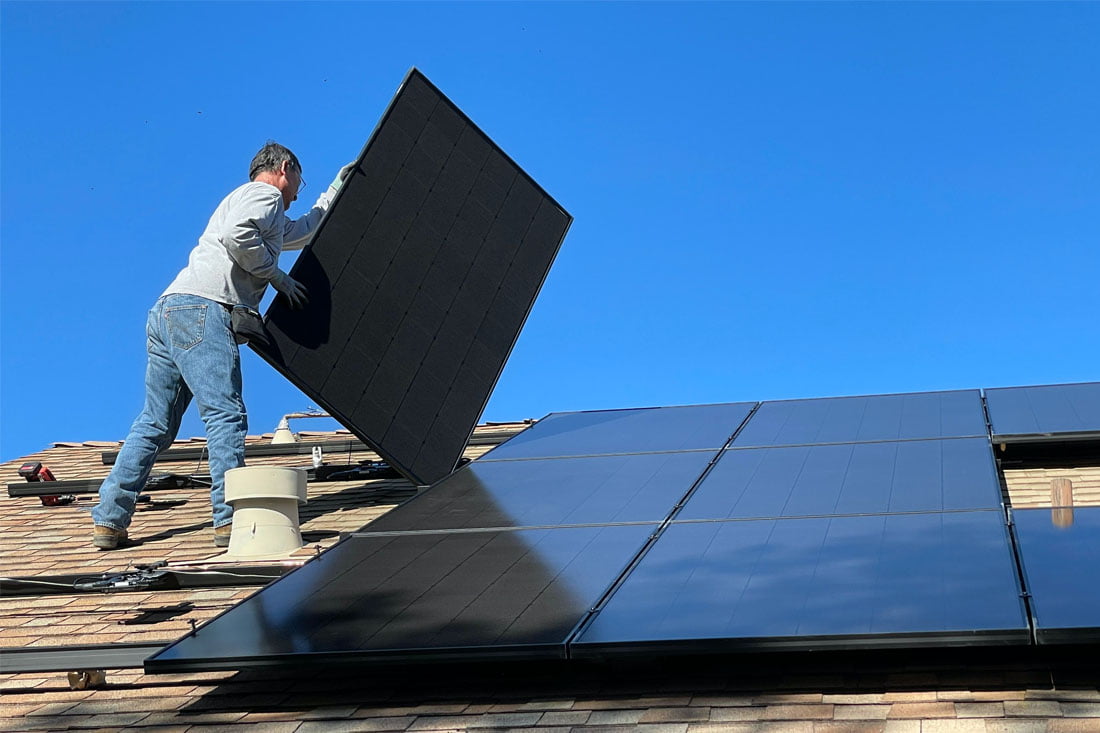Whoa, Nelly! The Reserve Bank of Australia (RBA) has lifted the official cash rate again, this time by another 25 basis points to 2.85%. How much will this rate rise increase your monthly mortgage repayments, and when are the hikes expected to stop?
Dubbed the “rate that stops the nation”, today’s Melbourne Cup RBA board meeting did not see board members rein in the rate rises.
Back in May the official cash rate was just 0.10%. Today it was increased for the seventh straight month to 2.85%.
RBA Governor Philip Lowe said in a statement that the RBA board expected to increase interest rates further over the period ahead.
“The size and timing of future interest rate increases will continue to be determined by the incoming data and the Board’s assessment of the outlook for inflation and the labour market,” said Governor Lowe.
“The board remains resolute in its determination to return inflation to target and will do what is necessary to achieve that.”
How much extra will your mortgage be each month?
Unless you’re on a fixed-rate mortgage, the banks will likely follow the RBA’s lead and increase the interest rate on your variable home loan soon.
Let’s say you’re an owner-occupier with a 25-year loan of $500,000 paying principal and interest.
This month’s 25 basis point increase means your monthly repayments could increase by almost $75 a month. That’s an extra $760 on your mortgage compared to May 1.
If you have a $750,000 loan, repayments will likely increase by about $110 a month, up $1140 from May 1.
Meanwhile, a $1 million loan will increase almost $150 a month, up almost $1,530 from May 1.
So how many rate hikes have we got left?
The good news is that most economists believe we’re through the bulk of the rate rises, and they could stop as early as next month.
Here’s what economists from the big four banks are predicting:
CommBank – one rate rise to go, peaking at 3.10% in December 2022.
NAB – three rate rises to go, peaking at 3.60% in March 2023.
Westpac – three rate rises to go, peaking at 3.85% in March 2023.
ANZ – three rate rises to go, peaking at 3.85% in May 2023.
Worried about your mortgage? Get in touch
If you’re starting to feel the pinch and are worried about what interest rate rises might mean for your monthly budget, feel free to contact us today.
Some options we can help you explore include refinancing (which could include increasing the length of your loan to decrease monthly repayments), debt consolidation, or building up a bit of a buffer in an offset account ahead of more rate hikes.
So if you’re concerned about how you might meet your repayments in the months ahead, give us a call today. We’d love to sit down with you and help you work out a plan moving forward.
Disclaimer: The content of this article is general in nature and is presented for informative purposes. It is not intended to constitute tax or financial advice, whether general or personal nor is it intended to imply any recommendation or opinion about a financial product. It does not take into consideration your personal situation and may not be relevant to circumstances. Before taking any action, consider your own particular circumstances and seek professional advice. This content is protected by copyright laws and various other intellectual property laws. It is not to be modified, reproduced or republished without prior written consent.










